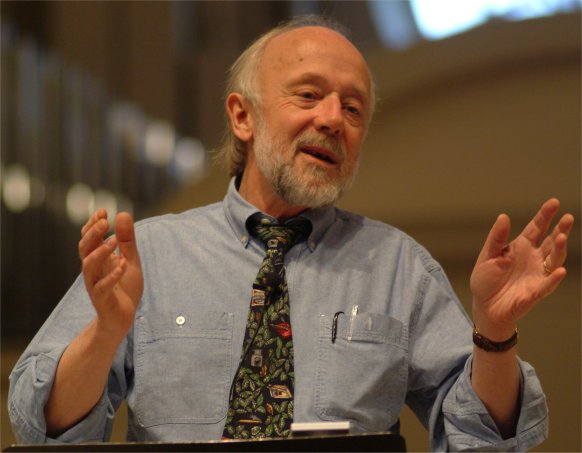It is in the conflict between these two imatatio deis - between holiness and compassion as qualities of God to be embodied in community - that we see the central conflict in the ministry of Jesus: between two social visions. The dominant social vision was centered in holiness; the alternative social vision of Jesus was centered in compassion...
To sum up, the effect of the purity [holiness] system was to create a world with sharp social boundaries: between pure and impure, righteous and sinner, whole and not whole, male and female, rich and poor, Jew and Gentile... There was something boundary shattering about the imatatio dei that stood at the center of Jesus' message and activity: "Be compassionate as God is compassionate." Whereas purity excludes and divides, compassion unites and includes...
This conflict and social vision continue to have striking implications for the life of the church today... In parts of the church there are groups that emphasize holiness and purity as the Christian way of life, and they draw their own sharp boundaries between the righteous and sinners. It is a sad irony that these groups, many of which are seeking very earnestly to be faithful to Scripture, end up emphasizing those parts of Scripture that Jesus himself challenged and opposed. An interpretation of Scripture faithful to Jesus and the early Christian movement sees the Bible through the lens of compassion, not purity.
Marcus Borg, "Meeting Jesus Again for the First Time", excerpts from Chapter Three
TALK ABOUT IT:
Where do you personally experience the conflict between being right and being compassionate? In the church, in the world, and in yourself?
CHRISTIAN SPIRITUALITY: WISDOM AND PRACTICE: CHURCH OF RECONCILIATION

